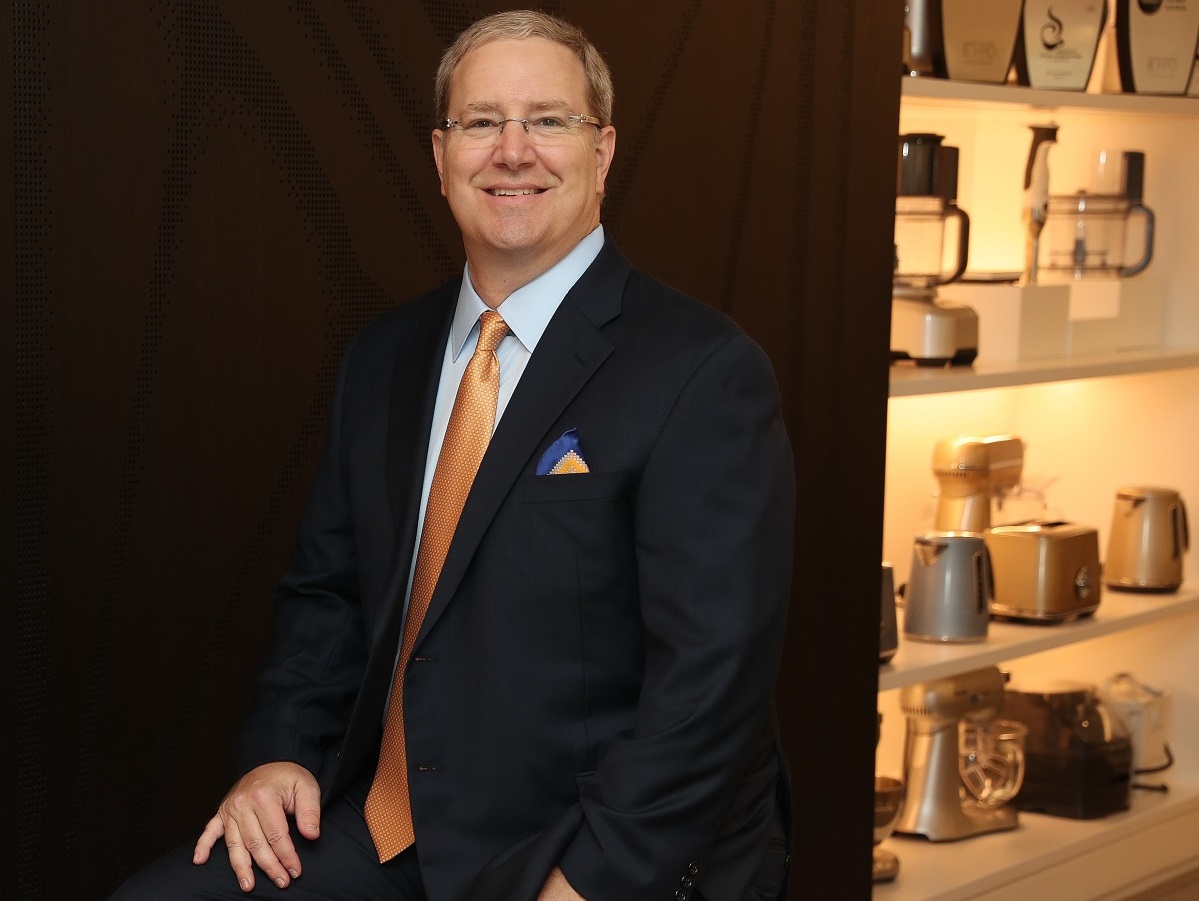Rather than talking about new products or entering new territories when announcing his financial results last week, Breville CEO Jim Clayton focused on revealing an impressive IT ‘platforms’ strategy that has been years in the making.
“New products and new geographies have their role to play – for sure, but it is ‘platforms’ that govern the pace of acceleration. In a multi-product, multi-geography setting, building something once and using it everywhere drives speed,” Clayton told investors during a call following a substantial increase in profit.
“The strength of FY21 and the 1H of 22 gave us the opportunity to accelerate investments in our digital platforms. In prior reporting cycles, I have spoken about our “Global Platform”. I continue to bring this up because it is the digital backbone of the entire, global company. What makes this platform unique compared to most other companies in the world is its two core features – firstly it is based on Software as a Service (SaaS) architecture and secondly, we are running a single instance globally.
“The SaaS feature means we quickly roll to the most recent version of each component in this stack. This gives us added capabilities, leveraging the R&D investments of our vendors and it presents the typical five to seven year re-platforming cycle of typical ERP implementations.
“The second feature, a single instance, drives efficiency and speed. As an example when we enter a new country, we begin by deploying our ‘Golden Template’ which takes about two weeks. At this point the country is 90% deployed. The remaining 10% of the implementation covers whatever is unique about the transaction model in that country along with connecting new trading partners.
“This platform defines our speed – for new countries, new product rollouts and acquisition integrations.
“We have a component of the platform called PIM (Product Information Management) – it is a single repository that defines all our products in one place globally. All other systems in the stack consume a single version of the truth to do their work.”
Clayton then used the example of the same juicer on the company’s UK and Germany being driven simultaneously by the same back end.
“We defined the juicer once, then overlayed the German translation. The same holds true for spare parts, both their association to a finished product as well as their specifications.
“Define once, use everywhere. Update once, updated everywhere.
“Once we get the description defined in PIM, every other component of the stack pulls the pieces of information it needs to get the job done. Said another way, when we enter a new country – the SKU portfolio is already defined and ready to go.
“The re-design of our website will be deployed in the second half – we are re-architecting navigation. This new design will make it much easier for customers to find what they are looking for or to discover new and helpful information. This navigation framework is possible because of the work we have done to house our digital content.
“Over the past five years, we have made significant investments into high-quality digital content. The content, however, was scattered across the system, making it difficult for customers to find what they needed in the fewest number of clicks. In FY21, we embarked on a project to fix this which we recently took live – the Experience Hub. Our digital content now resides in a single, unified and structured framework. This will increase the ROI of our digital content investments and make it much easier for our internal systems, our retailers and our customers to use the content.
“But by solving one problem, we created another. Putting our content in one place, has its advantages, but it can make it equally difficult for our customer to find what they are looking for quickly. We have over 200 pieces of digital content for coffee alone. To solve this problem in FY21, we built My Breville which recently went live. My Breville is the lens through which a customer interacts with the Experience Hub. In one dashboard, we bring together everything that is relevant to each customer. It is a personalised dashboard. The customer identifies the Breville products they own and we surface the content for just those products. The customer can also see all of the information relevant to the purchase and ownership of Breville or Sage products.”
The Experience Hub and My Breville is live in the US, with Australia set to launch in 2022.

